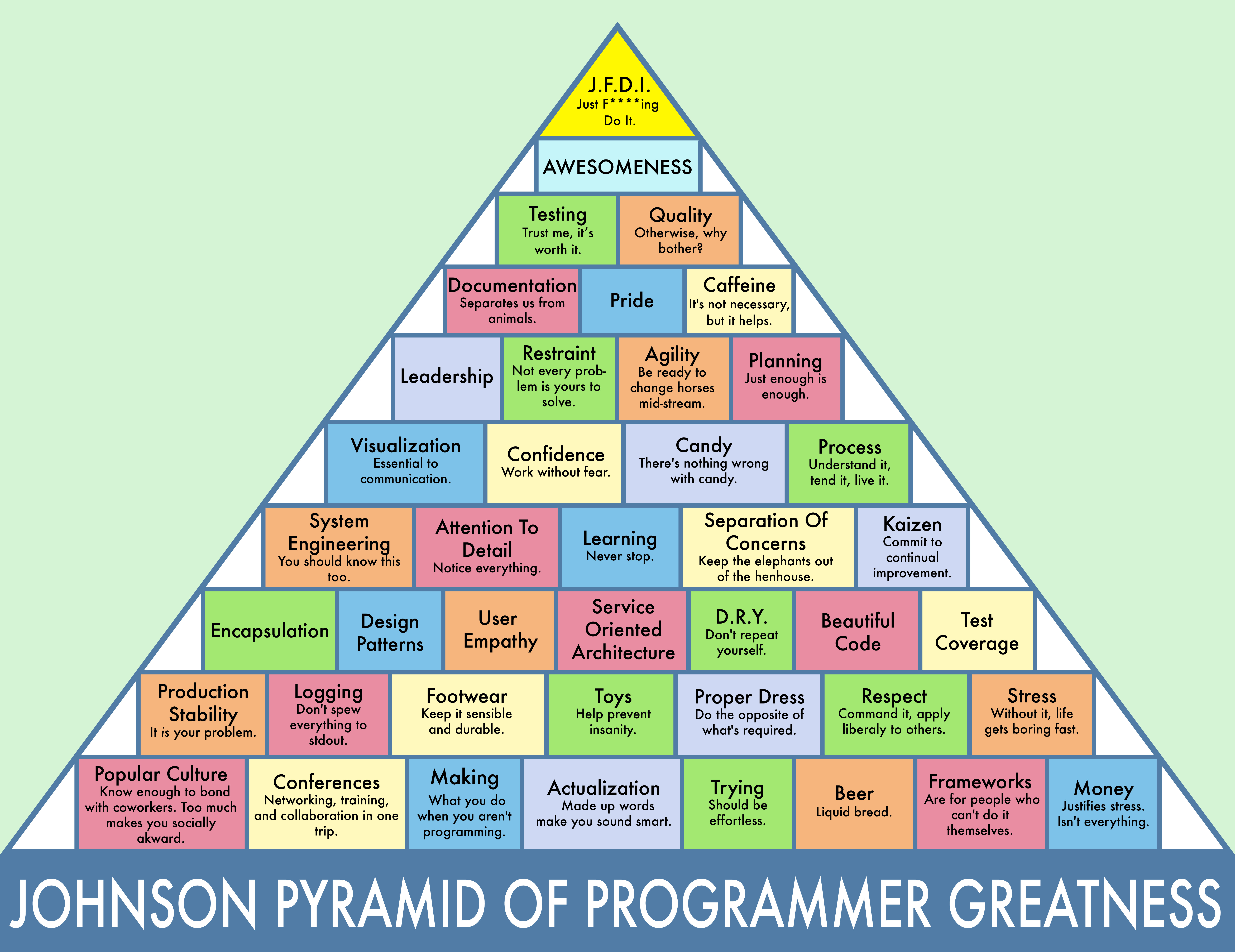I am a proud autodidact. That means I am entirely self taught. 🤔 🎓 ❤️ People like myself are not uncommon in the tech industry, but we have always been in the minority. Autodidacts represent industry outsiders, because we've diverged from the typical learning path: a degree at a four-year college. With the advent of "let's code" initiatives, coding boot camps, better programming curriculum at 2-year colleges, and easier self-lead study, the number and varieties of outsiders is growing every day. We need to stick together.
We are a constant stream of new programmers, often without any sort of support system to help us along after we complete our training. Getting into this industry can be scary. So, for my fellow outsiders, I've put together some thoughts that will help you thrive and excel. I've based this on on what helped me, and my personal observations over the years.
However, I've realized that the difficulty of getting established is real, even for people with a typical education. There's a sort of innocence that is impressed onto new graduates, and there aren't a lot of resources for them either. So college grads, this is for you too.

